Circular Organizational Chart
-

Circular Education Organizational Chart
download now -
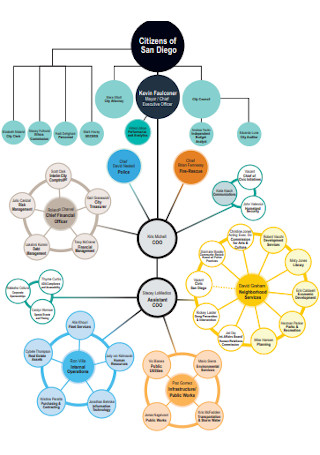
Sample Circular Organizational Chart Template
download now -
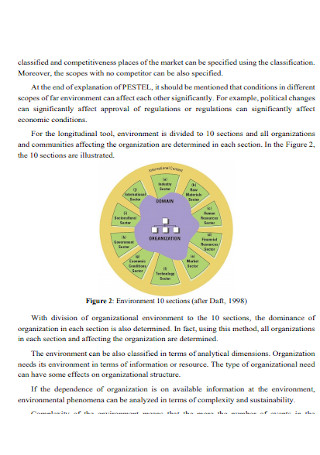
Circular of Analysis Organizational Chart Template
download now -
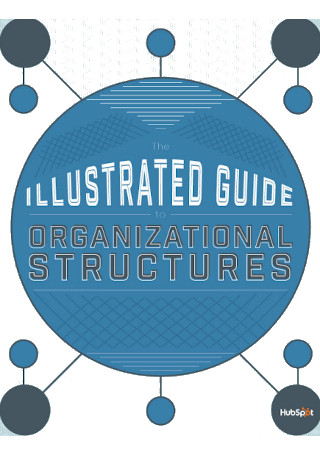
Circular Organizational Chart Template
download now -
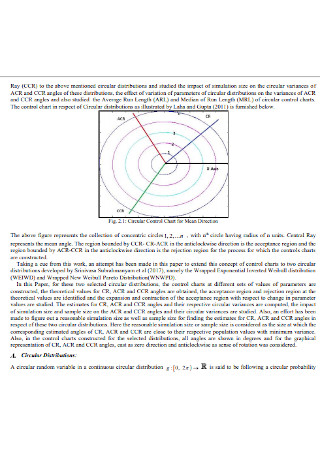
Circular Construction of Organizational Control Charts
download now -
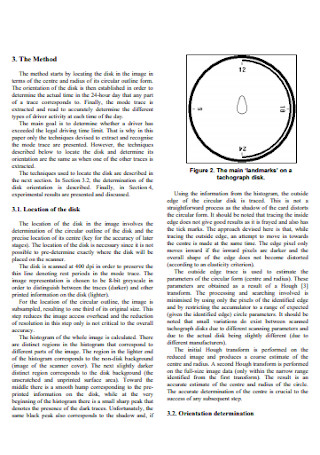
Simple Circular Organizational Chart
download now -
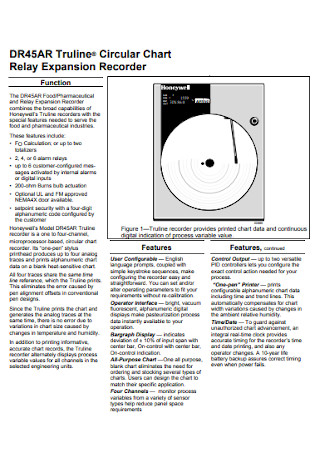
Circular Organization Record Chart
download now -
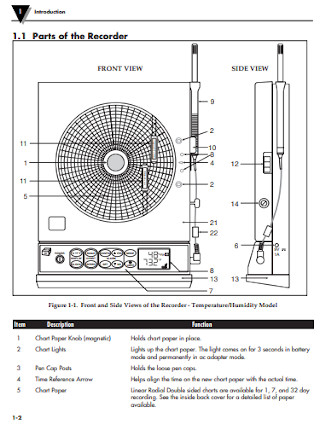
Standard Circular organizational Chart
download now -
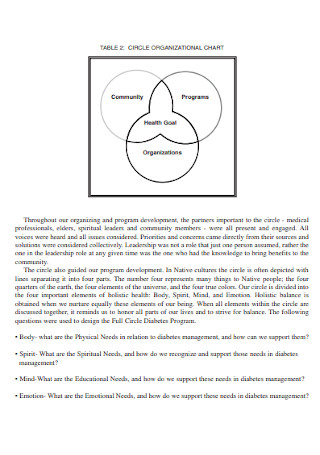
Simple Circle Organizational Chart
download now -

Sample Value Circle Organizational Chart
download now -
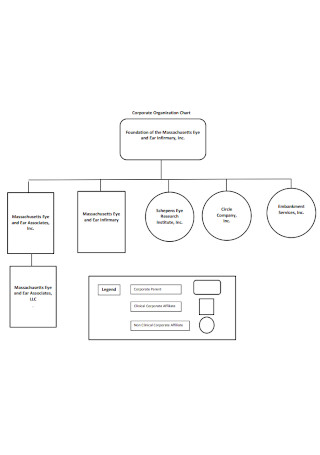
Circle Corporate Organization Chart
download now -
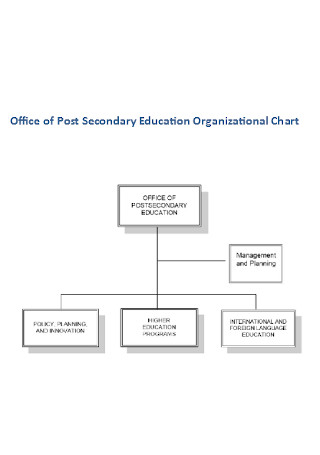
Office of Post Secondary Education Circle Organizational Chart
download now
FREE Circular Organizational Chart s to Download
Circular Organizational Chart
How Is a Circular Organizational Chart Defined?
What Elements Make Up an Organizational Structure?
What are the Different Organizational Structure Types?
How to Perfect a Circular Organizational Chart
FAQs
What are the five types of Mintzberg’s organizational structure?
What is the best organizational structure?
What is an effective organizational structure?
How Is a Circular Organizational Chart Defined?
Remember when you were little, and you and a group of kids were roleplaying as a family? Each had an assigned role as the father, mother, brother, sister, and so forth. Furthermore, there was likely an agreement between what each family member is supposed to do. In business, a similar scenario takes place wherein every employee has a role that recognizes their function, position, and more. The question now is, how is this managed? Its answer comes in the form of an organizational chart. These charts, also known as organograms and organigrams, give the graphic representation or diagram about the structure of a company. The same goes for the hierarchy of positions and relationships among employees. If concentrical circles are evident for the chart and diagram, then those are referred to as the circular organizational chart.
Statista shows that there were around 1.59 million businesses in the U.S. within March 2019. Such companies were said to have existed for more than 25 years already. Based on Gallup.com, did you know that a manager’s quality is liable for about 70% of how differently engaged employees are at work? According to Forbes, nearly half of the small businesses, around 45.4% to 51%, remained open in five years.

Why are Circular Organizational Charts Important?
Statistics show that there were around 1.59 million businesses in the U.S. within March 2019. Such companies were said to have existed for more than 25 years already. Meanwhile, businesses that did not reach a year yet numbered around 774,725. With these statistics alone, imagine how many competitive companies there are in the industry. There is a need for an organization and a well-structured business to ensure the company stays successful and long-lasting. Thus, a circular organizational chart is one example considered useful among many creative organizational chart ideas like the diagonal, horizontal, and vertical organizational chart. You receive visual representation from the chart about what specific tasks each employee possesses, who is ranked first to last, and what every relationship means for all. Without structuring, company issues may turn rife like low productivity, profit loss, and excessive employee turnover. In short, the circular organizational chart is your reliable infographic about the entire business structure.
The First-Ever Organizational Chart: 19th Century Erie Railroad
Did you know that organigrams first became relevant in the mid-1800s towards the 19th century? It started when there was a struggling railroad company that could not keep trains, freight transport, and related operations in great shape. A company named Erie Railroad was famous at the time wherein they had a booming business, yet the most significant issue lay with its organization. It was not until the manager, Daniel McCallum, made the first organizational chart in a flowery setup. The word flowery refers to how the chart looks like tree roots instead of a vertical structure. It was a very detailed organizational chart wherein high stakes were at risk. Based on Wired magazine, an article about the chart mentioned how any train delay could cause interference to other factors. It was that challenging way back in the past, unlike now where technology is rampant and making it easier to conduct operations. Thanks to such a chart, disorganization was reduced.
What Elements Make Up an Organizational Structure?
Thinking of making your circular organizational chart already? Do not go ahead just yet without first knowing what particular elements can be found in a general organizational structure. Introducing yourself to these factors is a must, or your knowledge in creating the flow chart may be insufficient to perfect it. Here are the six important organizational structure elements:
What are the Different Organizational Structure Types?
Did it take a while for you to take in the whole information above? Just take a deep breath. You are nearly there. The point is you now familiarized the elements. Therefore, you proceed to understand the types of organizational structure for your chart. A company organization might not become properly structured without knowing what kind of structure got used in the first place. Without further ado, the three main organizational structure types consist of the following:
Functional Structure
In an organization, functional structuring involves the grouping of employees according to their function or purpose. You can relate this to departmentalization, where groups get associated with their assigned tasks. Consequently, this structure fully depicts what every employee’s role in the business is.
Divisional Structure
Just like functional structuring, a grouping process also applies to the divisional structure. However, these two are not entirely the same. Divisional structuring is typically used for more prominent companies wherein there are smaller groups or organizations as well. Groups that belong from farther destinations can even be included in the structure. The purpose of this structure is to ensure big businesses do not have to manage numerous tasks since there are smaller divisions assigned in a strategic alliance too.
Matrix Structure
When it comes to a multi-level structure, you can depend on the matrix structure. This organizational structure now refers to a combination of both functional and divisional structures. Therefore, this caters to bigger companies than that of a divisional structure. Multinational businesses benefit from this the most. Expect many people to deal with collaboration agreements and heavy management in this situation.
How to Perfect a Circular Organizational Chart
Now for the real deal, are you ready to create your organizational chart? Never forget that whether you handle a big or small business, an organization is vital. According to Forbes, nearly half of the small businesses, around 45.4% to 51%, remained open in five years. Moreover, one out of three small companies survived up to 10 years, which is quite rare. Surviving is a big deal to businesses, so operations do not have to cease. With the help of circular organizational charts, you can lessen the failure and keep a long-lasting company. Plan it out by figuring out these steps on how you perfect your circular organizational chart:
Step 1: Familiarize the Whole Organization in a Draft
Know the full scope of the company first. This idea means you list down every job position, employee information, work description, and the rest in a draft. Next, you group the details according to their department or brand. The problem with other charts is when some aspects were forgotten. For example, the top of the graph may have the manager’s info. Next in line is the rest of the employees. However, assistant managers possibly were missing. By forgetting other members and details, it shows that you failed your chart. Consequently, you draft this whole thing to fix your mistakes before putting everything into the chart slowly.
Step 2: Grab the Appropriate Template for Tweaking
Pick from the available circular organizational chart templates. But, you do not just select at random since you stick with what is appropriate to your application. For example, what kind of business do you structure? Are you using the circular version or another one like a horizontal organizational chart template? Explore the sample templates instead and take your time. Once you find your preferred template, you edit it afterward.
Step 3: Group the Titles and Labels Accordingly
Do you see those blanks or spaces in concentrical circles from the template? Those are where you put the recorded details in your draft. Be careful in dropping the label or title for each space because you have to ensure the right placement gets observed. Maybe you mixed the people working under employee payroll to the group that is supposed to manage the marketing plans. Relevance is the key to ensure this stays correct.
Step 4: Pay Attention to the Leveling or Hierarchy
What else do you notice from these charts aside from circles? A bunch of lines. These lines are not for aesthetic purposes only but to display the linking of how certain parts are connected and what relationships they signify. If you think some labels are not connected at all, then you should change it. On the other hand, showing hierarchy is easy by making use of bigger and smaller circles. The workers considered of high ranks belong to the bigger circles while those at the bottom of the pyramid will take over the smaller ones. That way, people quickly recognize who is at the top and bottom of levels.
Step 5: Enhance the Entire Presentation
Keep track of the details, too, and that means you check the background, creativity, and other things to see from the organizational chart. Maybe you made a very generic example. Thus, you could transform that into a modern organizational chart for a better presentation. Never forget to balance the aesthetics because maybe you focused a lot on beautiful designs, but the content already makes the chart poor. Another detail to check is if there is even spacing or perhaps, there was no proper format. You must see to it that the output turns organized for your structure.
FAQs
What are the five types of Mintzberg’s organizational structure?
According to the management theorist Henry Mintzberg, the five types of organizational structures are entrepreneurial, professional, divisional, machine, and innovative. Entrepreneurial is known for its loose structure of an organization. Meanwhile, the professional and machine are more linked to higher levels of organizations, like bureaucratic examples. Lastly, divisional marks as the most widespread example, whereas new and modern applications are innovative.
What is the best organizational structure?
The best structure will depend on how the organizational structure got executed since any type can work. Planning and management can affect operations anyway. However, the functional structure can be considered as the best since most companies often use it.
What is an effective organizational structure?
You can say that the organizational structure is effective if proper organization and coordination applies to operations after basing from that structure or chart. More so, is the structure understandable and informative enough? If everything underwent a plan and evaluation, then you can say that it is a good or effective structure.
Stress, tiredness, depression, confusion, and the like are often experienced by workers who belong in a disorganized company. With a well-thought-out plan for the organization, rest assured you can experience optimism and better emotions. Again, a chart is a powerful tool for organizing the business. Back to receiving wholeness from a circle’s representation, it is crucial to adapt that for structuring the business organization using a circular organizational chart template. After a thorough evaluation of the designs, multi-level ranks, descriptions, and content, you expect a positive outcome in acknowledging such a chart.
